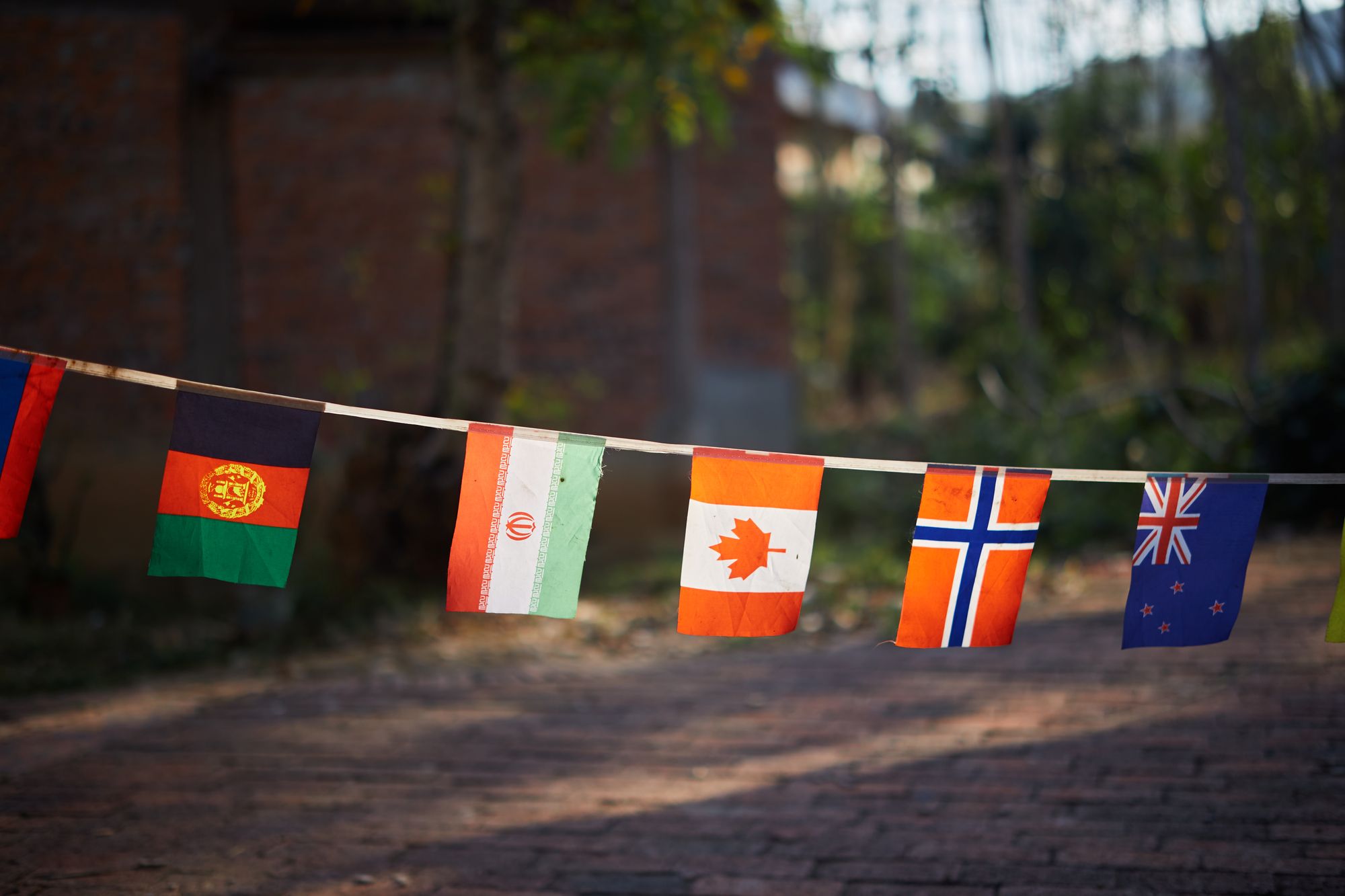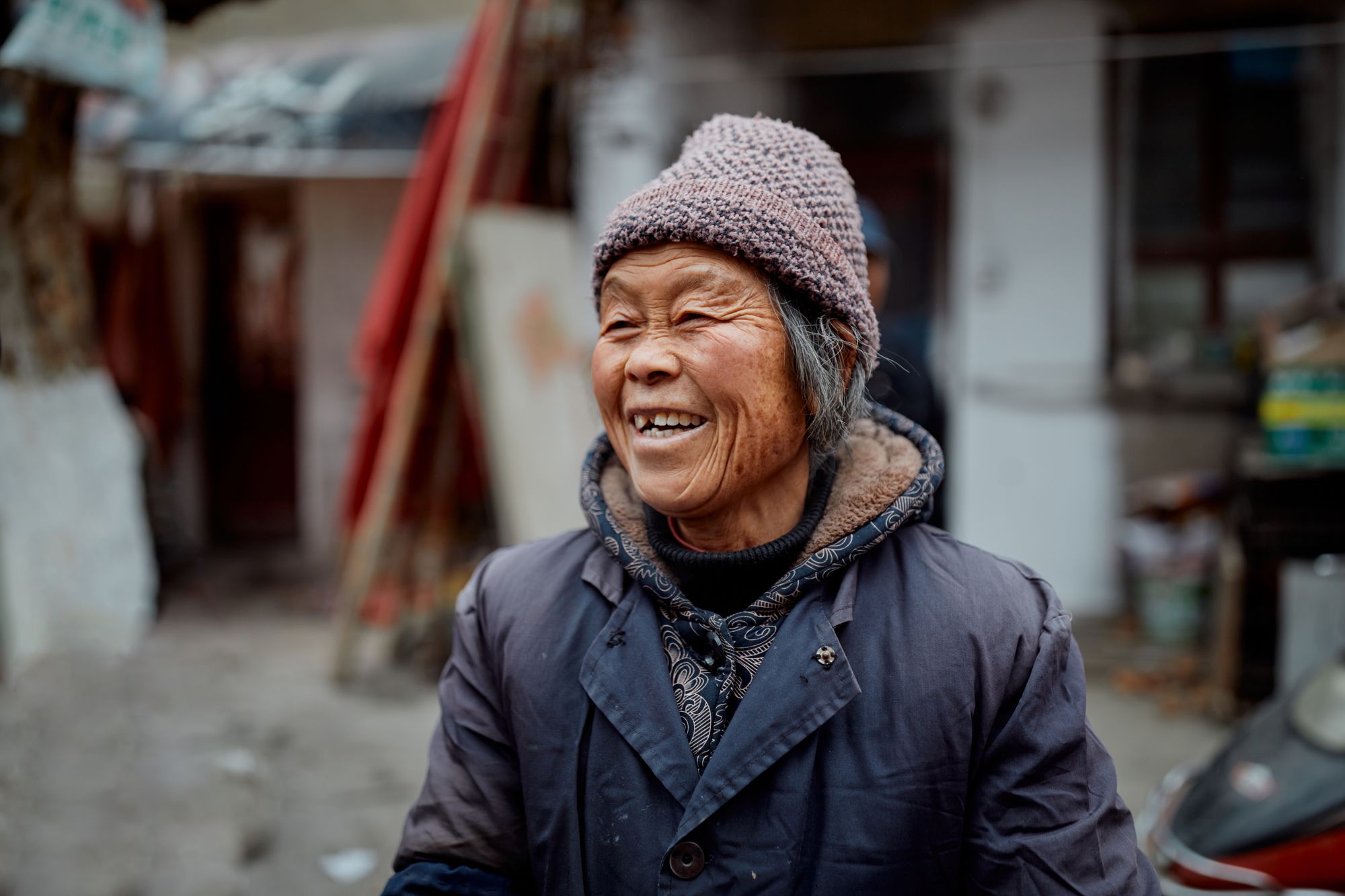A Review Of The Original Canon EOS 6D
I can't recall a time when it hasn't delivered exceptional results for the type of photography that I do. Yet with all the advancements of the latest mirrorless technology, does it still makes sense to use such an outdated camera body?

Decaf Journal is reader-supported. When you buy links through our site, we may earn an affiliate commission.
If you've had a chance to read any of my previous articles, you may have noticed that the majority of the images have been shot with the Canon EOS 6D, which was released back in late 2012 as a step below the legendary 5D series. This 20.2 megapixel full frame DSLR has been my go-to camera for several years now, and I've travelled all over the world with it by my side. During this time it's been put to the test in various temperatures, climates, and less than ideal conditions.
I can't recall a time when it hasn't delivered exceptional results for the type of photography that I do. Yet with all the advancements of the latest mirrorless technology, does it still makes sense to use such an outdated camera body?
I had been exclusively an analog film die hard for a few years when I picked up the Canon EOS 6D several years ago. I certainly had no intention of diving back into digital photography with both feet. I just needed something that could produce images with a quick turnaround for client requests and the like.
The thing that took me by surprise however, is just how easy it was to create beautiful images with the camera when paired with the right lenses such as Canon's L series primes, or the Zeiss Milvus line. I didn't have to fight with it to achieve my creative vision. If anything, it seemed to politely get out of my way.



© Nicklaus Walter
What exactly do I mean by that? Well, for one the Canon EOS 6D is surprisingly lightweight for a full frame DSLR. In fact, I prefer the heft and feel of this body over the 5D more substantial series. It's simply not a burden to carry for any length of time. The ergonomics are flawless here.
The grip is fantastic and nearly every button and dial is exactly where it should be, logically placed and easily reached. This makes the user experience of the camera feel much like an extension of the person using it. The controls aren't quite minimalist territory, but they're simple and easy to use.
The same could be said of the menu system, which is clear, organized, and straightforward to navigate. The importance of this can't be overstated, especially when you need to think on your feet.
There's no built in flash on this camera, which is neither here nor there in my opinion. There is some degree of weather sealing in the body but I personally wouldn't feel confident braving a downpour with it.
Call me archaic, but the optical viewfinder in DSLRs is a feature and not a limitation, and this holds true in the Canon EOS 6D. I still vastly prefer optical viewfinders over electronic viewfinders for portrait work where I need to make a connection with my subject. It feels like there's nothing between me and the person I'm photographing. I can't say the same for when I'm peering into an electronic panel, but perhaps I'm overly sensitive. To each their own.



In regards to image quality, the Canon EOS 6D produces tried and true professional results. I've had my images used in international advertising campaigns, including being printed six feet tall at transit stations and the photos held up perfectly well. Its beautiful full frame sensor outputs malleable files with decent dynamic range. I am rarely finding myself in situations where the highlights cannot be recovered, and noise in the shadows is kept to a minimum with the exception of only the highest ISOs.
Speaking of ISO, image quality is impressive at lower ISOs, and still remains excellent up to ISO 6400. The 6D delivers 20 megapixel files, which if we're being honest is enough for most applications. In the rare case that it isn't, you can easily use Adobe Super Resolution to go larger and no one will notice.
In terms of video, the Canon EOS 6D can record up to 1080p video in 24 frames per second, or at 720p in 60 frames per second. Video footage can certainly be usable in controlled lighting environments, but the very limited dynamic range means that the files can't be pushed very much in any direction.
That said, when you nail the exposure it can look professional. I recommend to anyone looking to use this camera for video to configure its picture style setting to Prolost Flat which will squeeze out every drop of image quality from the sensor.
There is no in body image stabilization, so if you want to shoot handheld your best bet is to use image stabilized lenses or a gimbal. Lastly, if you require autofocus in video mode, please look elsewhere. Video autofocus on the Canon EOS 6D is unusable, period.



Let's talk about the downsides of the Canon EOS 6D. The most noticeable omission here is the lack of a joystick on the back of the body for autofocus point selection. I will say that the included directional pad for focus control works a lot better in practice than you'd be inclined to believe, but it still just doesn't feel quite as nice to use.
The focus is very accurate but it isn't fast outside of single point autofocus. This is not a continuous autofocus camera by any stretch. With a maximum burst rate of only 4.5 frames per second, for events, weddings, and sports there are better cameras. Also, there's a fairly limited spread of autofocus points by today's standards, though I rarely have trouble acquiring focus.
Continuing with my list of nitpicks is the reality of only a single SD card slot for storage. Personally, I format my card after every shoot and have never had an issue yet, but I've heard some nightmare worthy stories of other photographers losing their work due to having only one card that corrupted. If you're shooting professionally, especially at an event that can't be repeated, play it safe and go with a camera that has dual card slots for redundancy.
For strobe users, the Canon EOS 6D has an unimpressive flash sync speed of 1/180th of a second. This is adequate for indoor studio use, but a roll of the dice for outdoor shoots when battling natural ambient light. And finally to round out the negatives of this camera is its implementation of Live View, which is best described as clunky and slow. The resolution is fine, but you'll feel like a sloth with a camera in your hand.



On a more positive note, the battery life of the Canon EOS 6D seems to last forever. I have two batteries on me at all times, but have not once needed to switch them out on a shoot. It's also nice to know that it uses the same battery as most other Canon bodies, which is the LP-E6NH.
I also love to use manual focus lenses with this camera. While the experience could be better, it's absolutely doable and I've grown to enjoy it while still nailing focus. When I'm shooting personal work and don't want to be weighed down, I'll press / hold the focus button while turning my lens until I see the green dot and the audible beep.
If I need to acquire absolutely perfect focus, I'll use the Hoodman Live View Kit and use focus magnification on the rear LCD. It's a big setup but I've literally never missed focus once while using it.
The Canon EOS 6D accepts EF mount lenses, which are world renowned and still a great investment today. Canon's EF mount was introduced in 1987, so there's a massive catalogue to choose from. You can still buy many of the best EF lenses new, and the used ones can be had for a good to excellent value.
Canon L series lenses are weather sealed, built to the highest standards for professional use, and will serve you well for years to come. Not only that, but EF lenses aren't only limited to Canon cameras. They can also be adapted to any mirrorless camera with simple lens adapters such as the Sigma MC-11 for Sony and MC-21 Leica L mount. EF lenses are a smart choice indeed.



Image quality with the Canon EOS 6D remains competitive to this day, with reasonable file sizes too. To get the most out of the camera, I recommend using Capture One for RAW file processing.
When I switched from Adobe Lightroom to Capture One a few years ago, it honestly felt like I had just bought a new camera. To my eyes, the color and detail that Capture One outputs is so much more vibrant and generally appealing than what Lightroom offers that I could never see myself going back.
So with plenty of positives and negatives of the Canon EOS 6D, where does this leave us? Well, it remains an excellent camera for portraits, food, travel, landscape, still life, and you can likely use it as a backup body for events in a pinch. The speed of the 6D suits my shooting style just fine, but your mileage may vary.
It has never let me down, and it satisfies my desire for image quality in a digital camera. The Canon EOS 6D absolutely sings with good glass, so choose Canon L series or Zeiss Milvus lenses if you can.
My rule of thumb is to buy cheaper bodies and the best glass I can get my hands on. Speaking of costs, the 6D isn't sold new anymore, but you can still get them lightly used for a great price as the photography world has largely moved on to the latest and greatest.



The newest cameras that cost five times as much as the Canon EOS 6D won't be giving you a massive edge in image quality. What they will offer is be a big improvement in video quality, focus speed, eye autofocus, and other nice to haves.
But if you simply desire an uncomplicated, reasonable priced camera with professional grade image quality, look no further. I will happily continue to use mine until it stops working. It's been everything I need so far, and it might become an invaluable tool for you as well.





